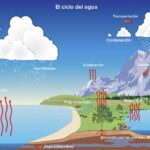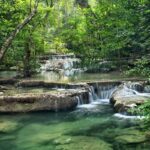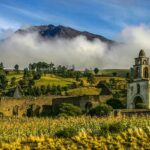We explain what swamps are, how they are formed and what their flora and fauna are like. Plus, we tell you why they are important.
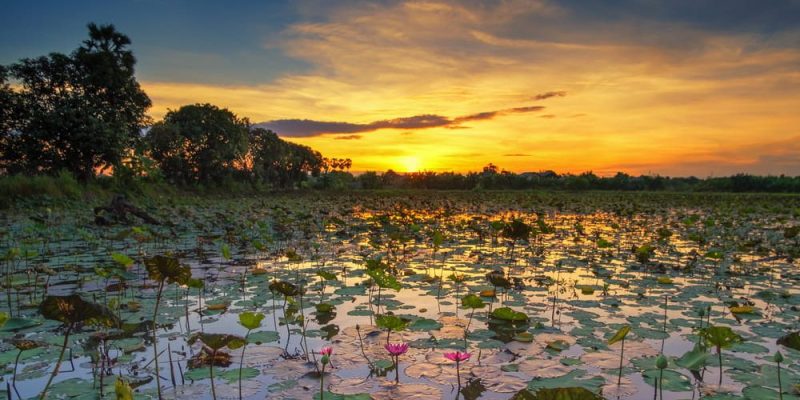
What is a swamp?
swamps or swamps are shallow water ponds, with a high presence of organic matter and aquatic vegetation more or less leafy, which exist on all the continents of the planet, except Antarctica. Marshes can be freshwater or saltwater, and be provided with or without tidal movements, depending on the nearby body of water that supplies them with moisture.
are intermediate ecosystems between aquatic and terrestrial endowed with a particular flora and fauna, adapted to the high humidity conditions that produce mud, sediments and a low concentration of oxygen in the waters, the result of the accumulation of organic matter and microorganisms.
Typically the swamps occur in low-relief soils, with the presence of rivers or lakes, high mineral content and poor drainage capacity. This is the reason for the typical cloudy color of its waters, which tend towards yellow, green or brown, since the decomposing organisms are not enough to clean them.
In the popular imagination, swamps are perceived as places of risk and mystery, sinister and threatening. In fiction they are usually associated with the presence of ghosts, monsters and rot, and the accumulation of gases resulting from organic decomposition usually gives rise to striking phenomena, such as will-o'-the-wisps, traditionally interpreted in a fantastic way.
See also: Hydrosphere
How are swamps formed?
Topography and water supply are the fundamental elements for the formation of swamps. usually occur on flat terrain, such as valleys crossed by rivers or with old river beds in which water flows slowly and tends to stagnate. They can occur in sandy, rocky or practically any type of soil, as long as drainage is slow and water flow is continuous.
Flora and fauna of the swamps

Life in swamps revolves around stagnant water, although they are very low in oxygen given the accumulation of decaying organic matter and the low mobility and turbulence of the water. This means that are waters with a high level of decomposing microorganisms and a low presence of fish and other aquatic species.
Instead, amphibians and reptiles predominate such as toads, frogs, snakes, alligators, turtles and crocodiles, seabirds, manatees, small mammals and, above all, insects. In the case of saltwater swamps, the animal species are usually marine: crabs, mollusks, saltwater crocodiles and a greater presence of fish.
Regarding the vegetation, In the swamps, large trees and grasses and bushes combine. Submerged and floating plants also have an important presence: algae, lilies, cattails and wild rice, as well as terrestrial species capable of submerging their roots in the fertile deposits of organic matter.
Importance of swamps
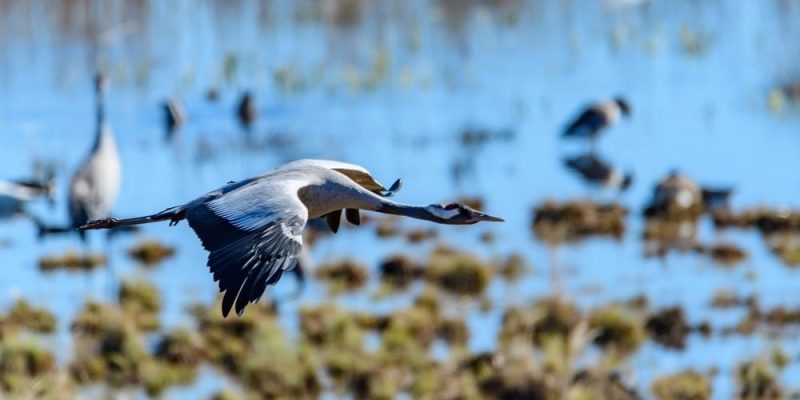
Swamps usually have a bad image, since their waters are a source of diseases and their species are hostile to humans. However, Their presence is key to controlling water levels and runoff, and also as natural filters that condense organic matter from running water. On the other hand, they are a natural reservoir like any other for different plant and animal species.
Are swamps dangerous?

Swamps can be dangerous. The mud and uneven ground make them unreliable terrain with murky waters that make it impossible to see the bottom and distinguish the animal species inside.
If we add to this the presence of large lizards, crocodiles and snakes (capable of endangering human life) and the presence of bacteria and microorganisms (capable of producing diseases) it is easy to conclude that it is not the most hospitable habitat for human beings. This has not prevented numerous swamps from being drained and converted into usable land, displacing native species and replacing the swamp with housing developments.
Examples of swamps

Some examples of swamps in the world are:
- The Vasiugan swampsin Western Siberia. It is one of the largest swamps in the world, home to numerous endangered species and the destination to which opponents of the Soviet regime were expelled in the 20th century.
- The Centla swampsin the state of Tabasco, in Mexico. It is one of the 15 most important wetlands on the planet and a biosphere reserve since 1992.
- The large swamp of Santa Martain the department of Magdalena, northern Colombia. It depends on the Magdalena River, which gives it its humidity, and borders an area of important banana production.
- The big sad swampin the southeastern coastal plain of the state of Virginia, in the United States. It is a lush swamp in forests and with slight elevations between 3 and 6 meters high.
- The Okefenokee Swampin the southern region of the state of Georgia, United States. It is a flat region, 40 km wide and 65 km long, partially drained into the Atlantic by the Suwannee and St. Mary rivers.
- The Evergladesregion south of the state of Florida, United States. It is a shallow but very extensive swamp (more than 11,000 km2), headquarters of the National Park with the same name and home to numerous endangered species.
- The Pantanalwhich extends from the south-central region of Brazil to northeast Bolivia and southeast Bolivia. It is one of the largest freshwater wetlands on the planet, with more than 140,000 km2 of surface.
Continue with: Water cycle
References
- “Swamp” on Wikipedia.
- “The habitats – The swamps” (video) on Semillitas TV.
- “Swamps and swamps, useful or useless?” at the Institute of Ecology of the Government of Mexico.
- “Swamp (wetland)” in The Encyclopaedia Britannica.

